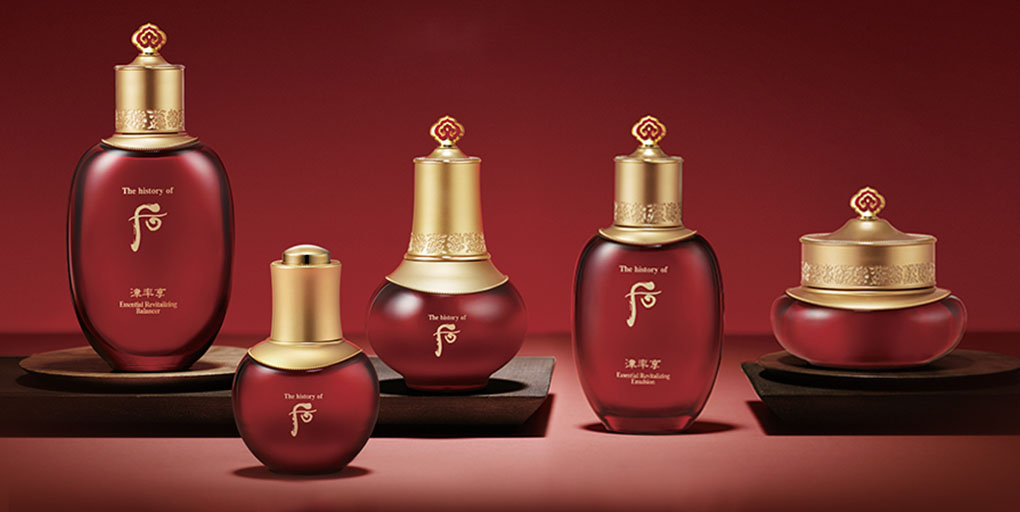



The History of Whoo’s Jinyulhyang (진율향) is an anti-aging skincare line based on a 5000 year old royal remedy. The line helps restore skin’s beauty by acting as a Boyak (보약, 補藥) and replenishing skin of its vital essence.
In Traditional Korean Medicine, Boyak is a type of restorative herbal medicine used to strengthen the body’s immune system and replenish energy (as opposed to treating an illness) in a weakened constitution1.
Disclaimer: I personally translated the majority of facts and contents in this article from original Korean sources, so I kindly ask you to credit my work if you’re planning to use any of the information included in this guide.
Many concepts mentioned in this guide are based on Oriental Medicine principles, for a better understanding please refer to the introduction to Traditional Korean Medicine on this website. It’s important to stress out that there is no correspondence between Oriental Medicine organs and Western anatomy so capitalised names in this article shouldn’t be interpreted in the Western medical sense.

All products in the Jinyulhyang line are enriched with ingredients that act as female hormones and are inspired by traditional remedies used by royal court women.
In particular, they contain 3 royal remedies related to women’s reproductive health called: Honghwagidan (홍화기단, 紅華肌丹), Junggiboyuldan (정기보율단, 精氣補率丹), and Gamisoyodan (가미소요단, 加味逍遙散) and Wild Red Ginseng (홍산삼).
Traditional formula composed of 5 red-coloured herbal ingredients:

Red Ginseng + Kombucha + Jujube + Trifolium Pratense L. (Red Clover) + Lithospermum Erythrorhizon (Red Gromwell).
Honghwagidan works to replenish skin nutrients, restore skin luster and reduce dryness. The formula helps makes skin more lively and dense.
Royal remedy composed of:

Pomegranate + Actaea Heracleifolia + Dioscorea Japonica (East Asian Mountain Yam).
The ingredients in Junggiboyuldan are said to act like female hormones. The formula has skin purifying properties and it helps replenish skin nutrients to restore its radiance.
Herbal complex based on Gamisoyosan (가미소요산, 加味逍遙散), a traditional remedy commonly used to treat women’s reproductive health conditions. The formula is composed of:

Paeonia Suffruticosa + Gardenia Jasminoides + Angelica Gigas + Scutellaria Baicalensis + Paeonia Lactiflora + Peach Seeds + Atractylodes Lancea + Platycodon Grandiflorus.
Gamisoyodan promotes a smooth flow of Qi (energy), helping to even skin texture and maintain skin’s health.
Panax Ginseng is one of the most expensive Hanbang herbs. Ginseng is also known as “Shincho” (신초, 神草), meaning “God’s Herb”, and in Oriental Medicine it’s commonly used to replenish Qi (“tonify Qi”) across the Five Organs (오장, 五臟).
Wild Ginseng (Panax Ginseng Meyer cv. Silvatica) and Cultivated Ginseng present significant differences, both in terms of market price, morphology and of general properties. In fact, Wild Ginseng was shown to contain at least 10 times the amount of active compounds of Cultivated Ginseng2. This enhanced effectiveness, along with its natural scarcity and difficult availability, make Wild Ginseng one of the most precious herbal remedies in Oriental Medicine.
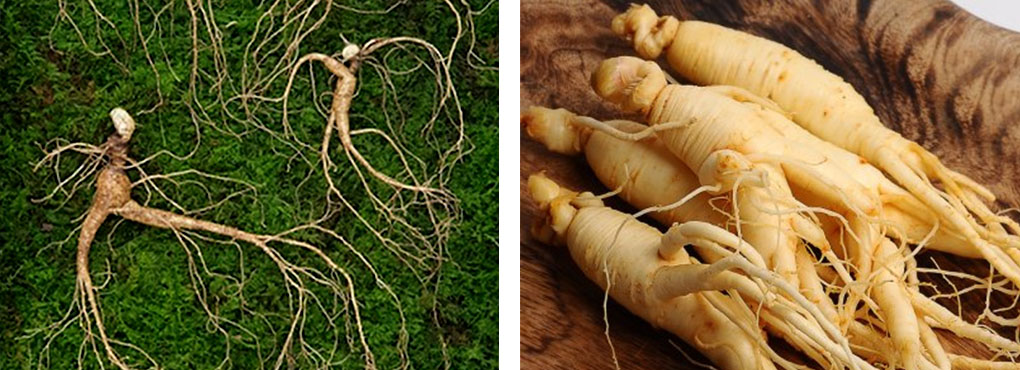
Different morphological characteristics of Wild Ginseng (sx) and Cultivated Ginseng (dx). (source: YTN)
Due to the scarcity of the plant, many Wild Ginseng plants currently on the market are obtained through human intervention. This type of Wild Ginseng is called “Wild-Simulated Ginseng” and results from humans planting ginseng seeds in an environment where Wild Ginseng usually grows, allowing the plant to develop as naturally as possible.
Wild-Simulated Ginseng is known to contain more active ingredients than Cultivated Ginseng but not as much as real Wild Ginseng, and for this reason the market price of Wild-Simulated Ginseng is slightly more accessible3.
Wild Red Ginseng refers to a precious variety of Wild Ginseng: plants that grow without any human intervention for at least 6 years and steamed to boost its active components.
Wild Red Ginseng has been traditionally used to relieve symptoms of aging in women because its active components exhibit a potent estrogenic activity that resembles the ones of female hormones.
To enhance the active components of Wild Red Ginseng, the plant was processed using a traditional technique called Gujunggupo (구증구포, 九蒸九曝), in which the Wild Ginseng plant is repeatedly dried and steamed for 9 times.

In this way, the Wild Red Ginseng effectively helps to restore skin’s beauty and replenishing skin of its vital essence.

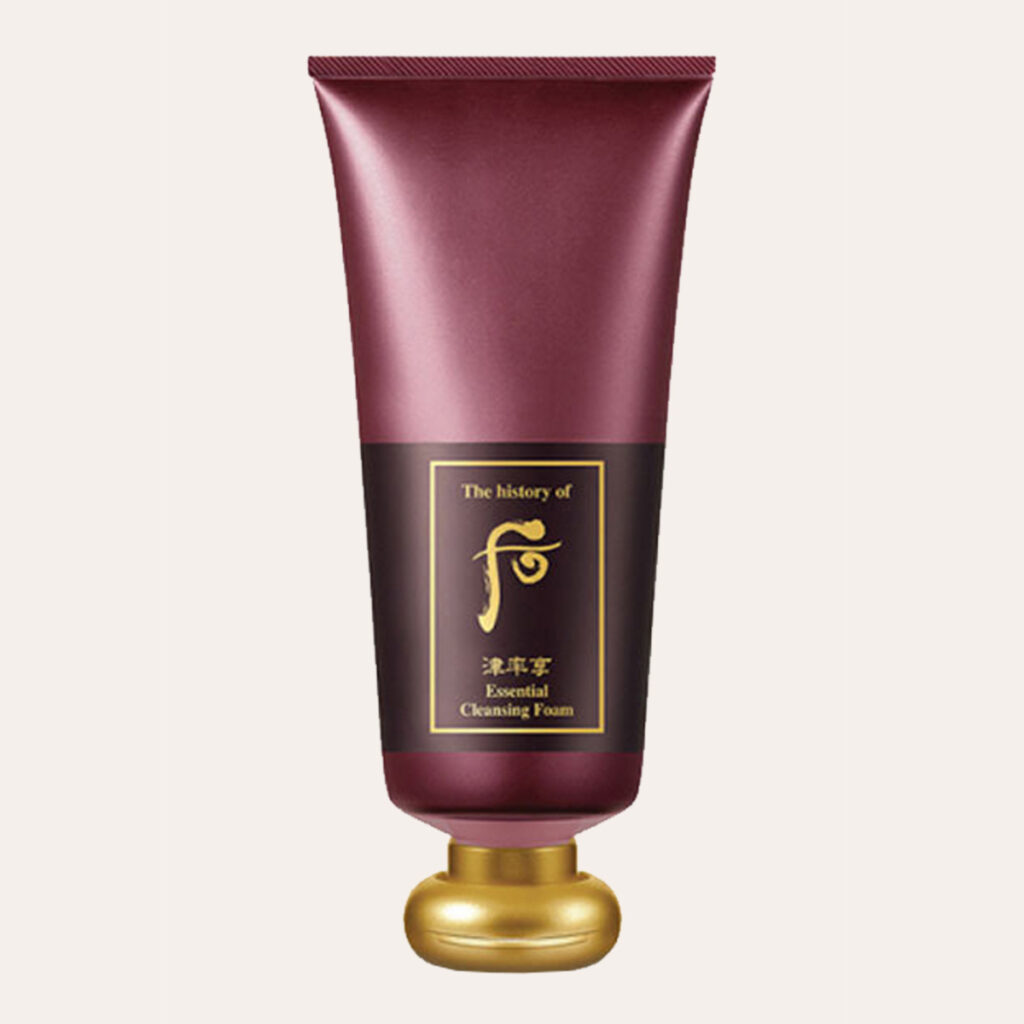
Jinyulhyang Essential Cleansing Foam
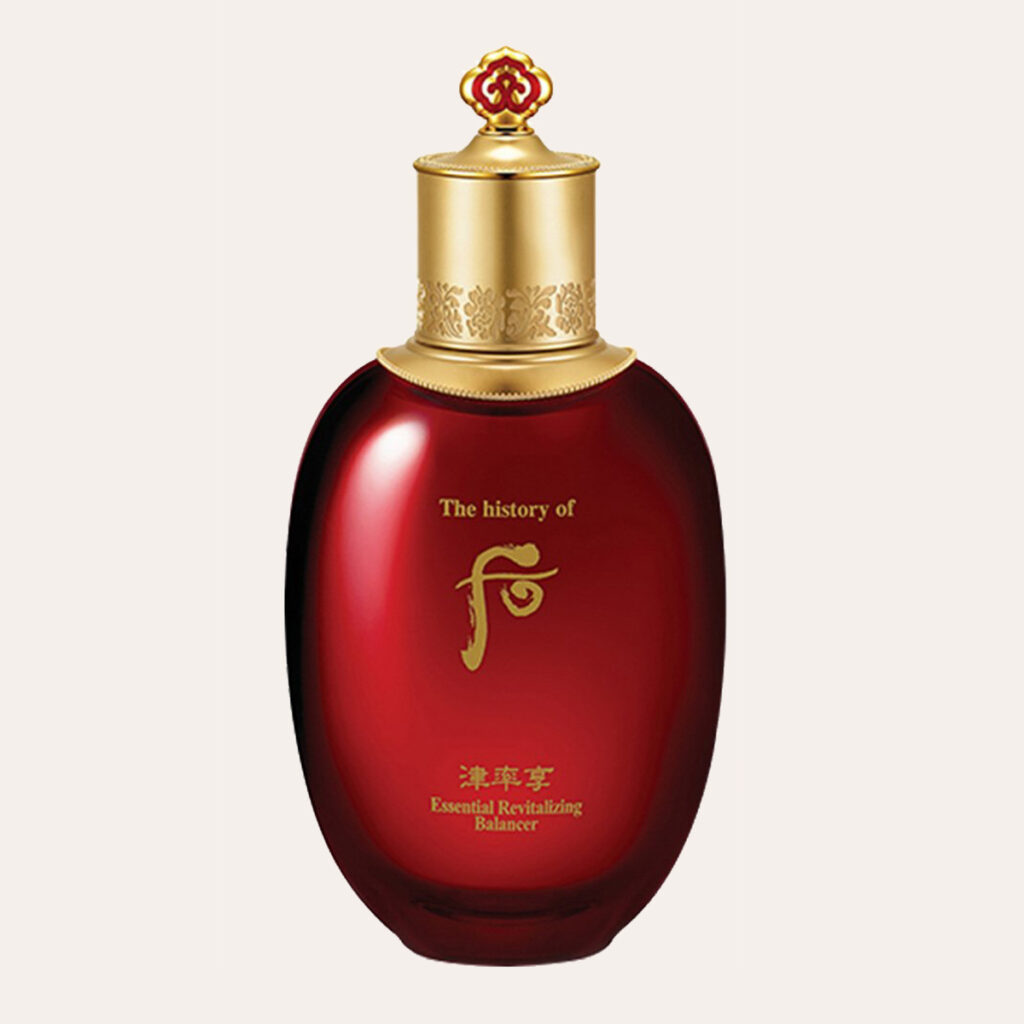
Jinyulhyang Jinyul Essential Revitalizing Balancer

Jinyulhyang Jinyul Essential Revitalizing Emulsion

Jinyulhyang Jinyul Intensive Revitalizing Essence
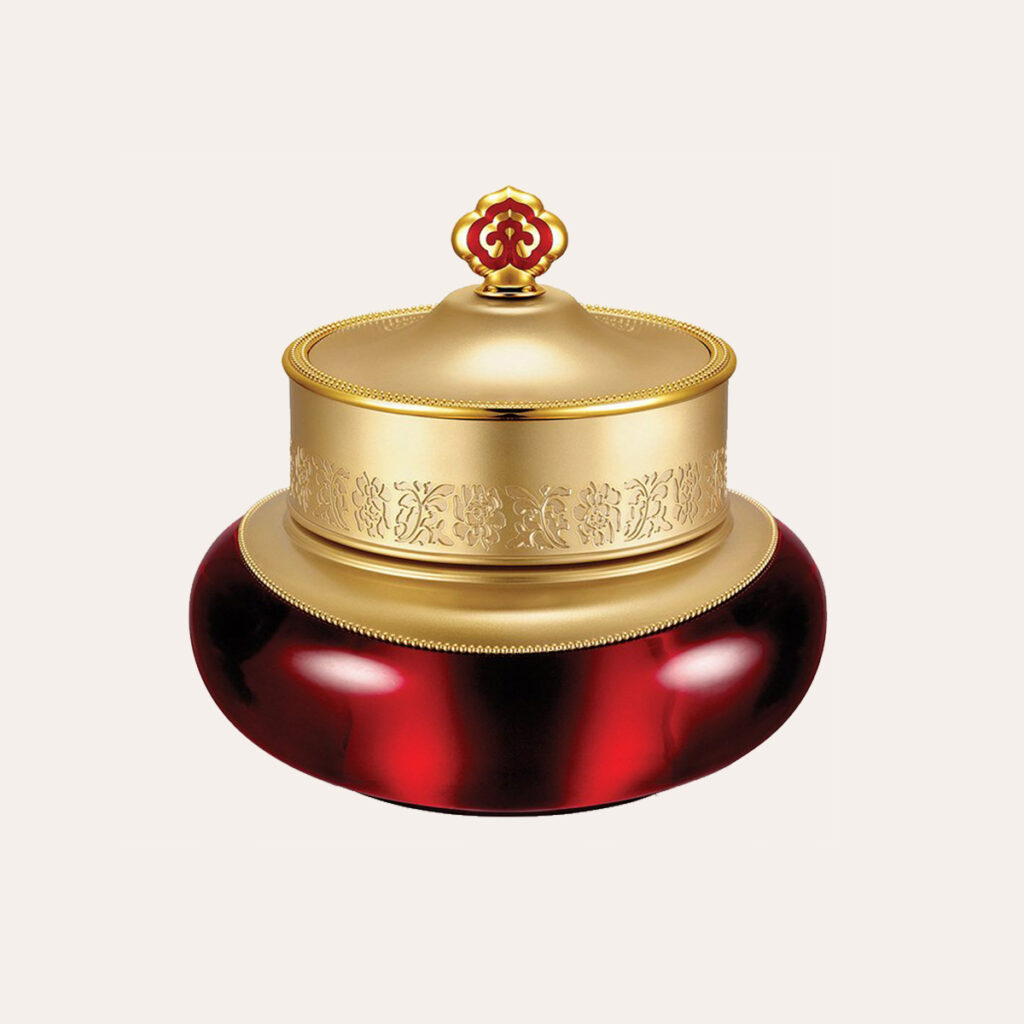
Jinyulhyang Jinyul Intensive Revitalizing Cream
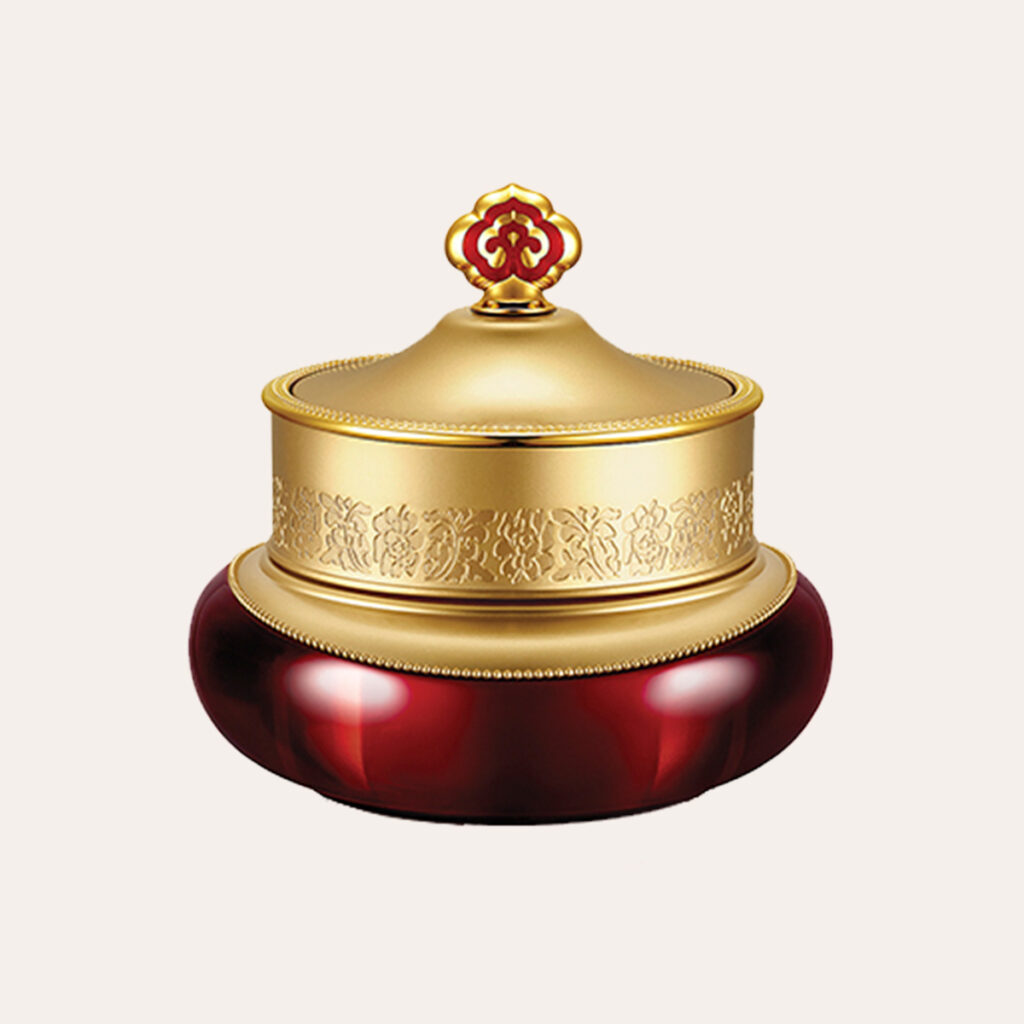
Jinyulhyang Jinyul Intensive Revitalizing Eye Cream
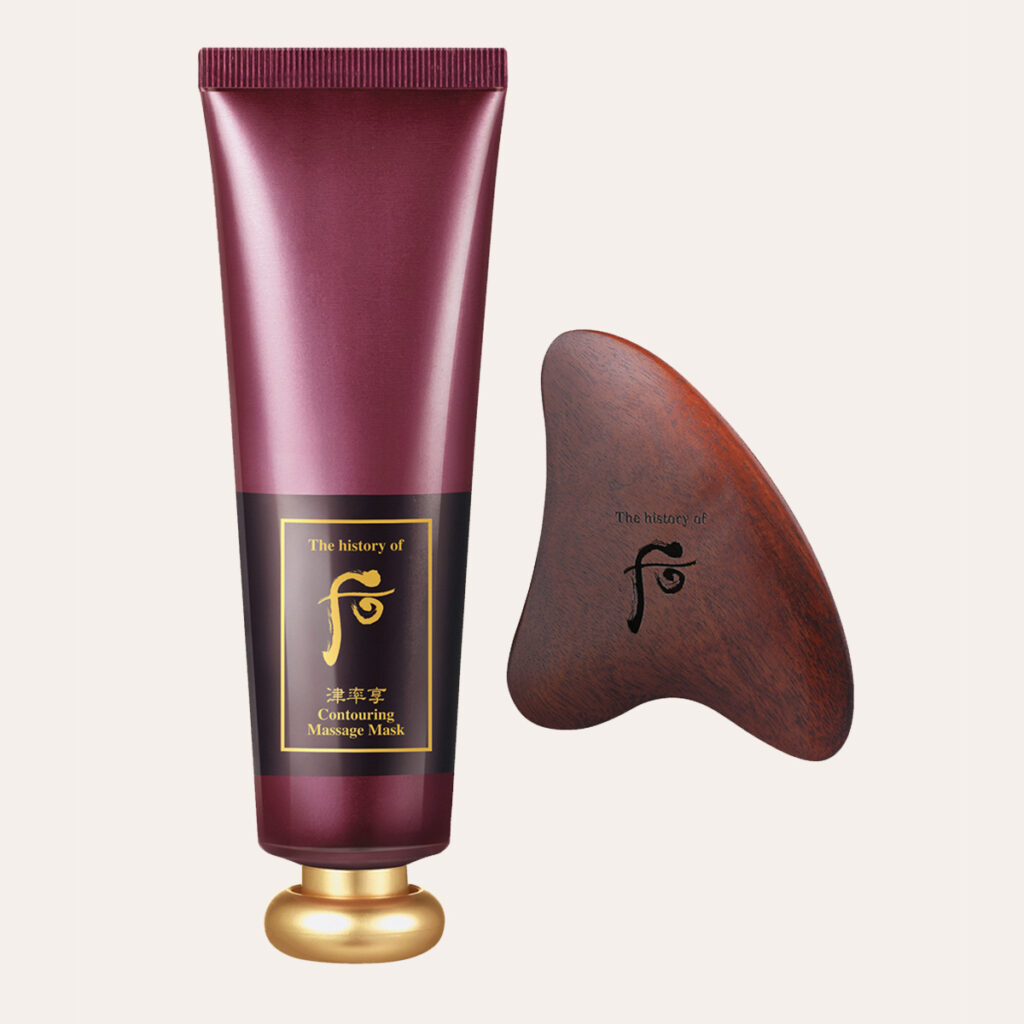
Jinyulhyang Contouring Massage Mask
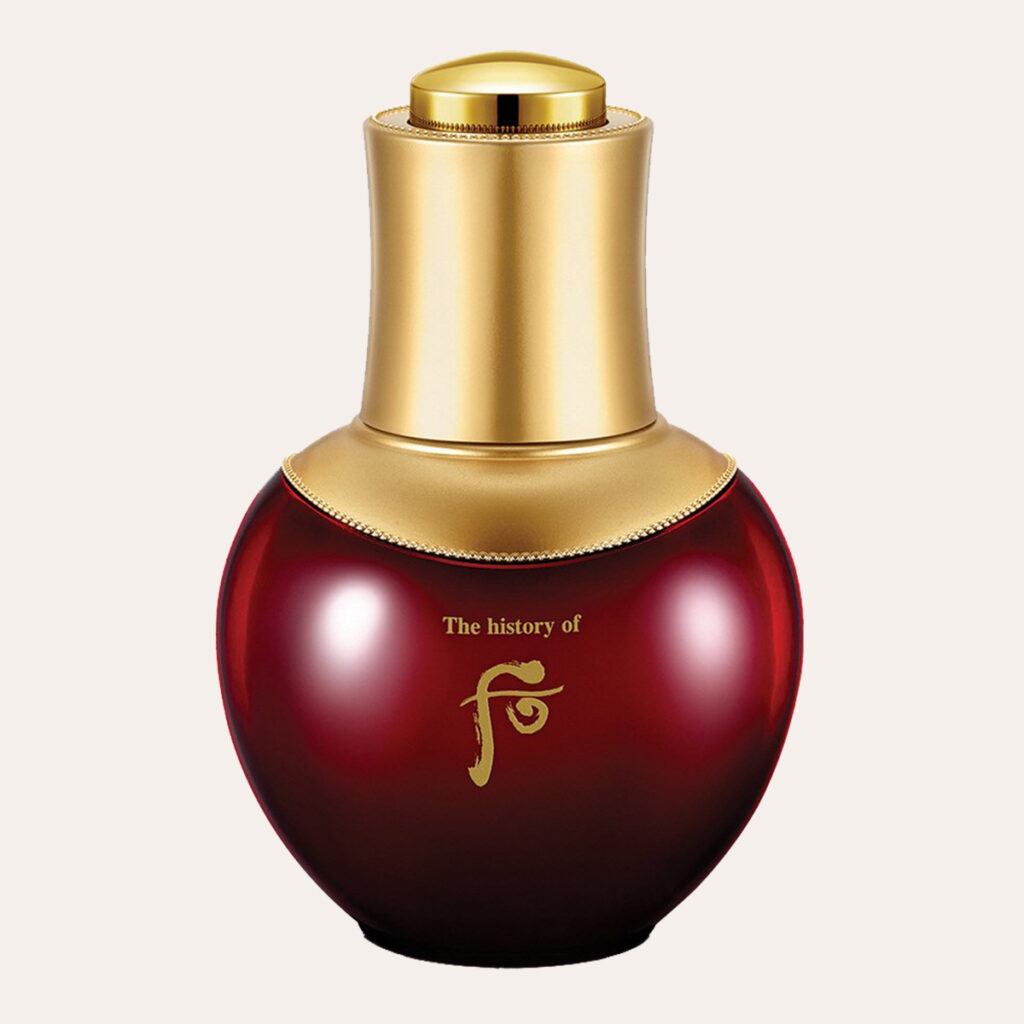
Jinyulhyang Red Wild Ginseng Facial Oil
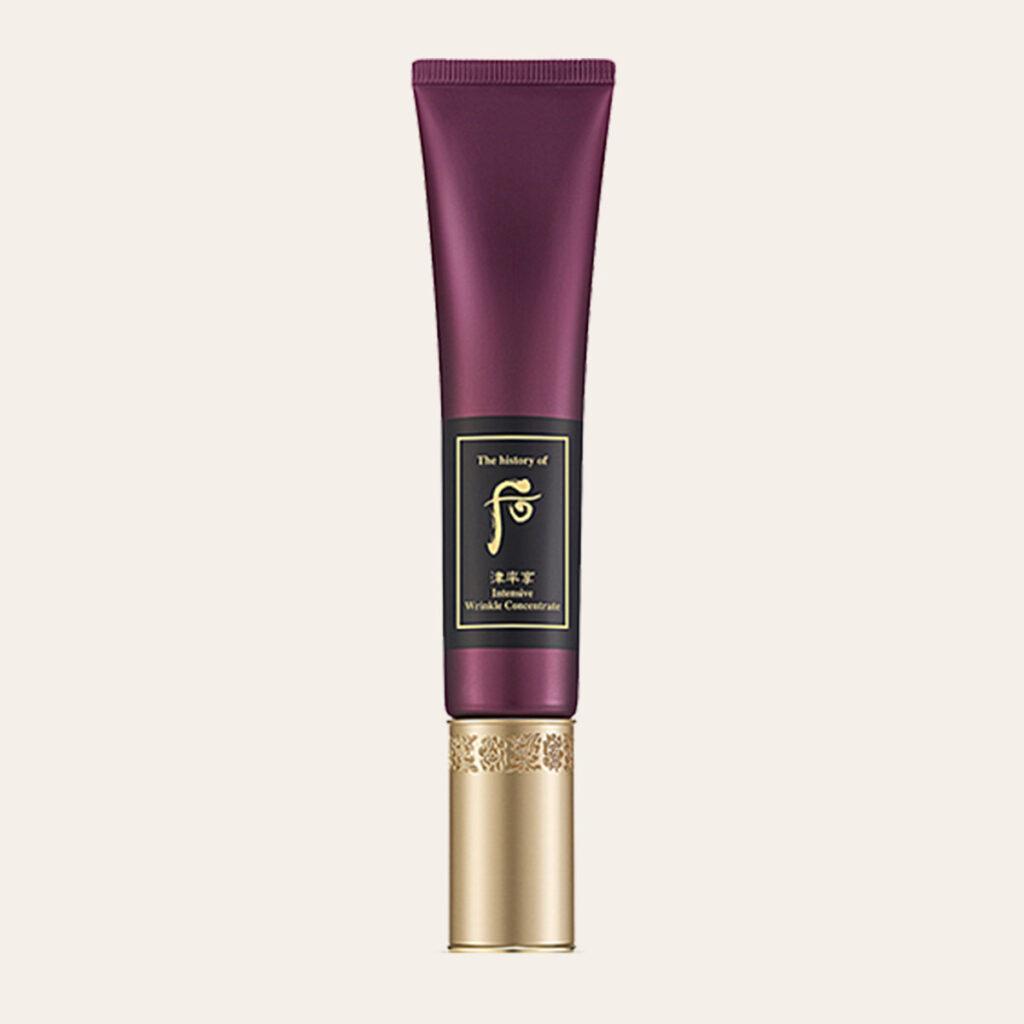
Jinyulhyang Intensive Wrinkle Concentrate
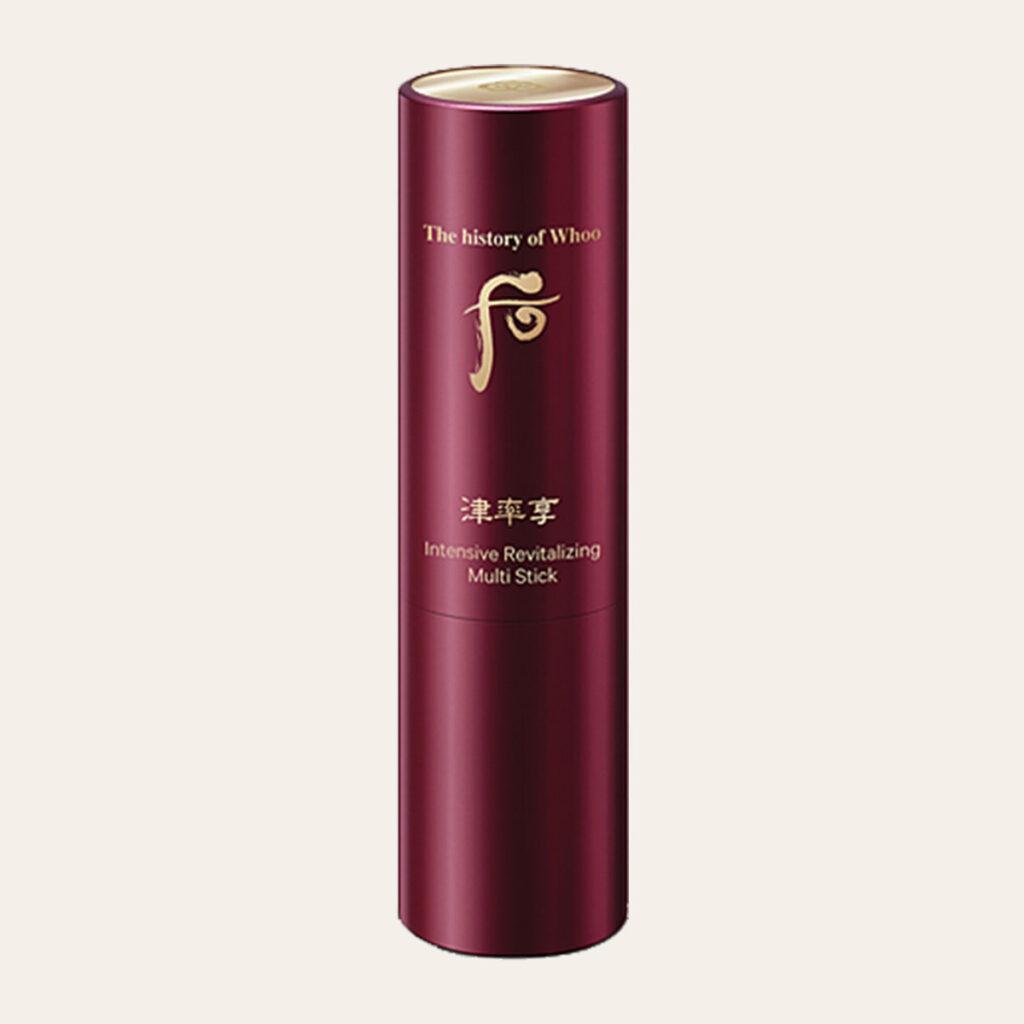
Jinyulhyang Jinyul Intensive Revitalizing Multi Stick

Make sure to check out the Discount & Coupons page to access exclusive offers for major Korean skincare retailers.

1. Lee, Sung-hun. (2013). ““Boyak” Helps Restore Health through Balance.” Koreatimes.
2. Jeong H. (2009) 인삼ㆍ산양삼ㆍ자연산 산삼의 ginsenoside 함량 분석 및 홍삼화 후 성분변화 비교. 상지대학교 학술정보원.
Sources: LG Household & Health Care (unless otherwise stated)
Translation: © 2022 Odile Monod
Disclaimer: The list above contains a combination of affiliate and non-affiliate links. If you make a purchase through one of my affiliate links, I will earn a small commission (paid by third party companies, not you). Commissions help fund the content production of the Monodist. For more information on my affiliate policy please refer to my About page. Some links are missing because the item is not available outside of Korea at the moment.